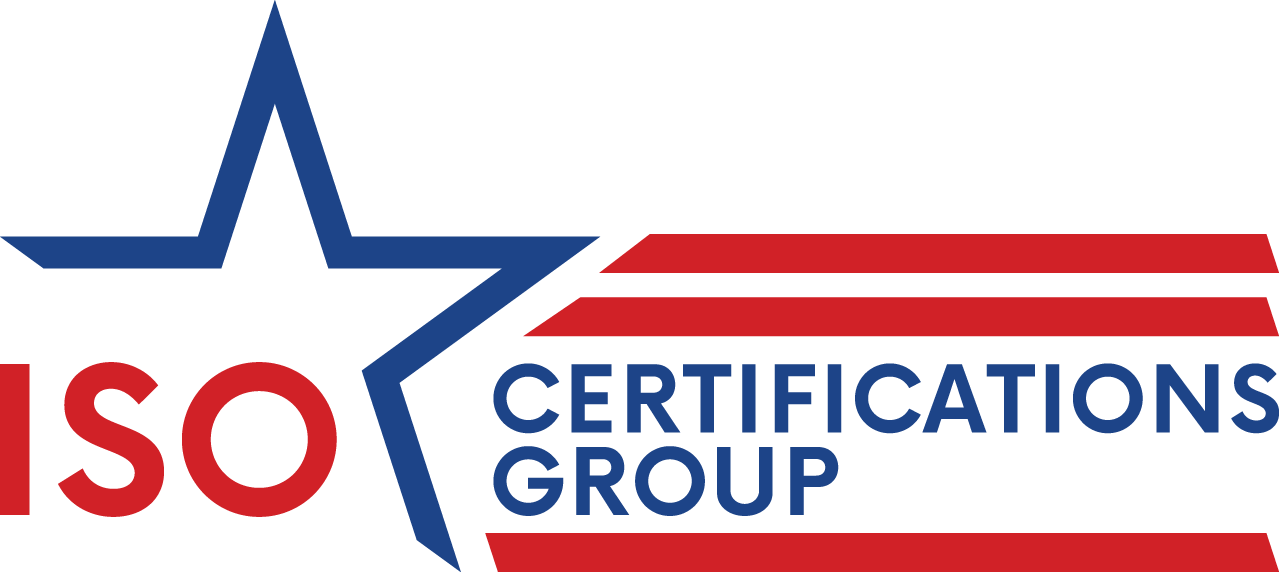Implementing an efficient environmental and energy management system aligned with ISO standards is a crucial step in protecting the environment. These systems help enhance sustainability objectives by minimizing waste, improving energy efficiency, and promoting responsible practices.
Businesses striving for greater environmental responsibility often invest their time into ISO 14001 certification for effective environmental management. However, the existence of ISO 50001, which focuses on energy management, can create confusion about which standard to adopt. To clarify their distinct purposes and whether implementing both is beneficial to your organization, let’s explore the key objectives of each and how ISO 14001 differs from ISO 50001.
Key Differences Between ISO 14001 & ISO 50001:
Their Scope and Focus
ISO 14001 is centered on environmental management, offering a structured framework for organizations to identify, control, and enhance their environmental impact. This standard addresses various aspects, including resource utilization, waste reduction, pollution prevention, and regulatory compliance, helping businesses adopt more sustainable practices.
ISO 50001, on the other hand, focuses specifically on energy management. It provides a framework for organizations to develop and implement an Energy Management System (EnMS) aimed at optimizing energy performance, reducing consumption, and improving overall efficiency. By integrating ISO 50001, businesses can systematically manage energy use, lower costs, and contribute to a more sustainable future.
Objectives
The primary objective of ISO 14001 is to help organizations reduce their environmental impact, ensure compliance with environmental regulations, and drive continuous improvement in sustainability. By implementing this standard, businesses can proactively manage their environmental responsibilities, minimize waste, and adopt more eco-friendly practices.
ISO 50001, on the other hand, focuses on establishing a structured Energy Management System (EnMS) to optimize energy use. Its objective is to enhance energy efficiency, reduce energy costs, and improve overall energy performance. By adopting ISO 50001, organizations can take a systematic approach to managing energy consumption, leading to long-term cost savings and a reduced carbon footprint.
Coverage
ISO 14001 addresses a wide range of environmental factors, including air emissions, water and wastewater management, waste disposal, land use, biodiversity, and the entire product lifecycle. It also ensures compliance with environmental regulations, helping organizations manage their ecological footprint and adopt sustainable practices across all operations.
In contrast, ISO 50001 is dedicated specifically to energy management, focusing on areas such as energy use, consumption, efficiency, procurement, and the performance of energy-related equipment and systems. This standard provides a structured approach for organizations to optimize energy efficiency, reduce costs, and minimize their overall environmental impact through better energy management.
Standard Requirements
ISO 14001 focuses on developing an Environmental Management System (EMS) that integrates environmental responsibility into an organization’s operations. This includes setting environmental objectives and targets, conducting assessments, implementing operational controls, and monitoring performance. Organizations must also perform internal audits and commit to continuous improvement to enhance their environmental impact and regulatory compliance.
Similarly, ISO 50001 emphasizes the establishment of an Energy Management System (EnMS) to improve energy efficiency and reduce consumption. It involves creating an energy policy, conducting energy reviews, setting objectives and targets, and implementing energy-efficient practices. Ongoing monitoring, energy audits, and a commitment to continual improvement ensure that organizations optimize energy performance while minimizing costs and environmental impact.
Conclusion: Know the Difference Before Implementing
Both ISO 14001 and ISO 50001 play vital roles in promoting sustainability, but they address different aspects of environmental responsibility. ISO 14001 focuses on managing an organization’s overall environmental impact, while ISO 50001 targets energy efficiency and consumption.
By understanding their distinct objectives and requirements, businesses can determine whether implementing one or both standards will best support their sustainability goals. Adopting these frameworks not only enhances regulatory compliance but also drives long-term environmental and economic benefits.
ISO Certifications Group is a reliable and professional certification body that currently certifies both ISO 14001 and ISO 50001. If your organization is interested in achieving ISO certification, contact us today to begin your journey.

